In my next life, I’m going to be Italian. I’ve decided, la dolce vita is the life for me. I like to talk about my lives because the truth is every time I travel my entire mental capacity is consumed contemplating what the lives of the people that live here are like. What time do they wake up? What do they do for a living? What’s their apartment like? Do they walk to work? Where do they do their grocery shopping? Are they happy? I am serious, this list does not end. I could go on and on. I should have been a sociologist, but instead I’m a videographer. Sometimes, it’s the same thing.
A few of these questions I can answer about a little place called Vigevano. It didn’t even take me that long. Vigevano is a place where everyone has beautiful shoes, beautiful bikes, and beautiful dogs. When Sarah asked me last minute if I could come to this little town outside of Milan for two days to film in one of her shoe factories I instantly said yes. It is no small thing that the young designer has managed to convince Gravati to start manufacturing her shoes. Normally, they only make their own but her fascination with their quality was unrelenting and now I can see why. She could have offered me a choice between a day of spa treatments at The Ritz, or filming Italians making shoes in a factory and I would have chosen the factory any day because it seemed like an exceptional excuse to peer into the lives of others.
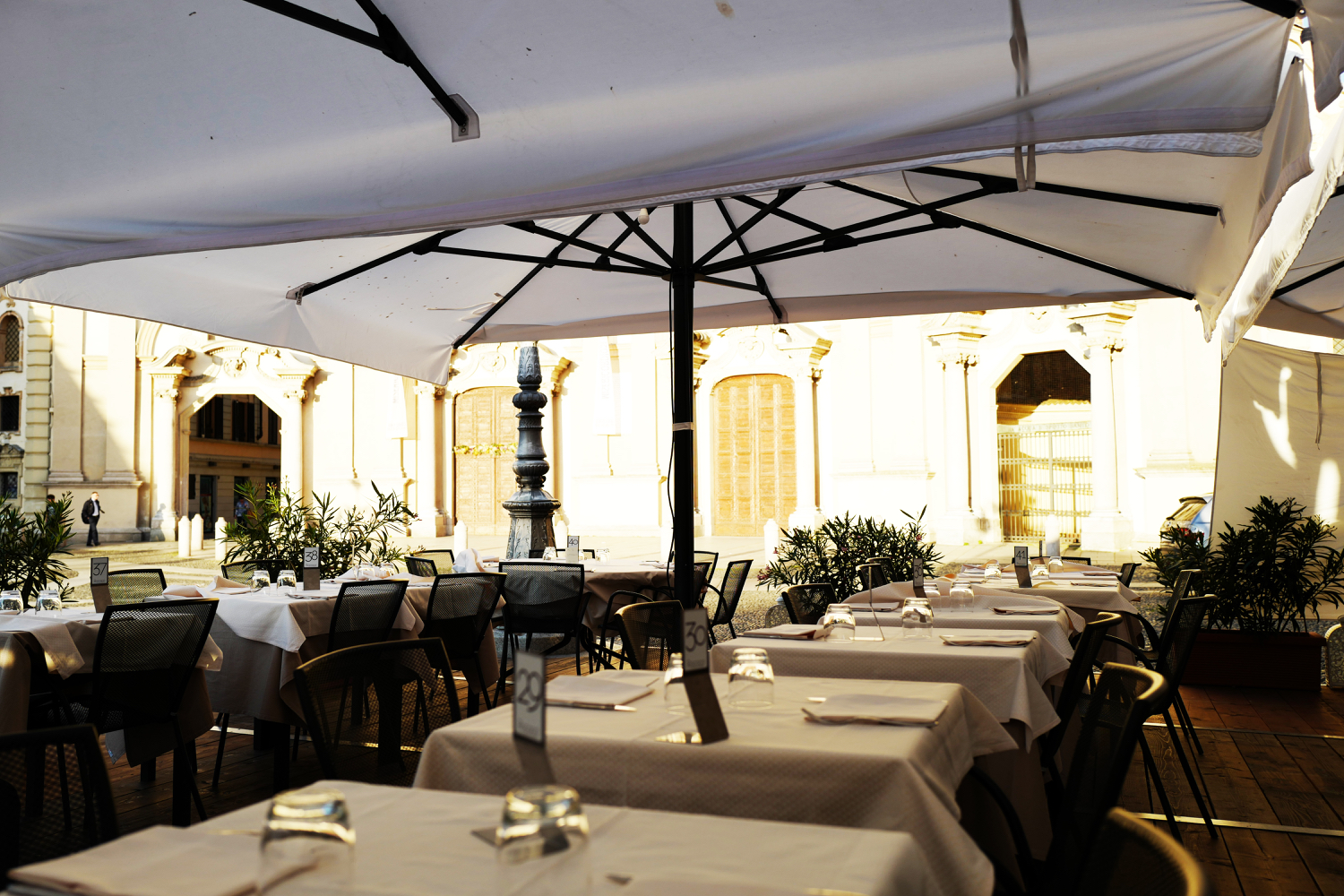
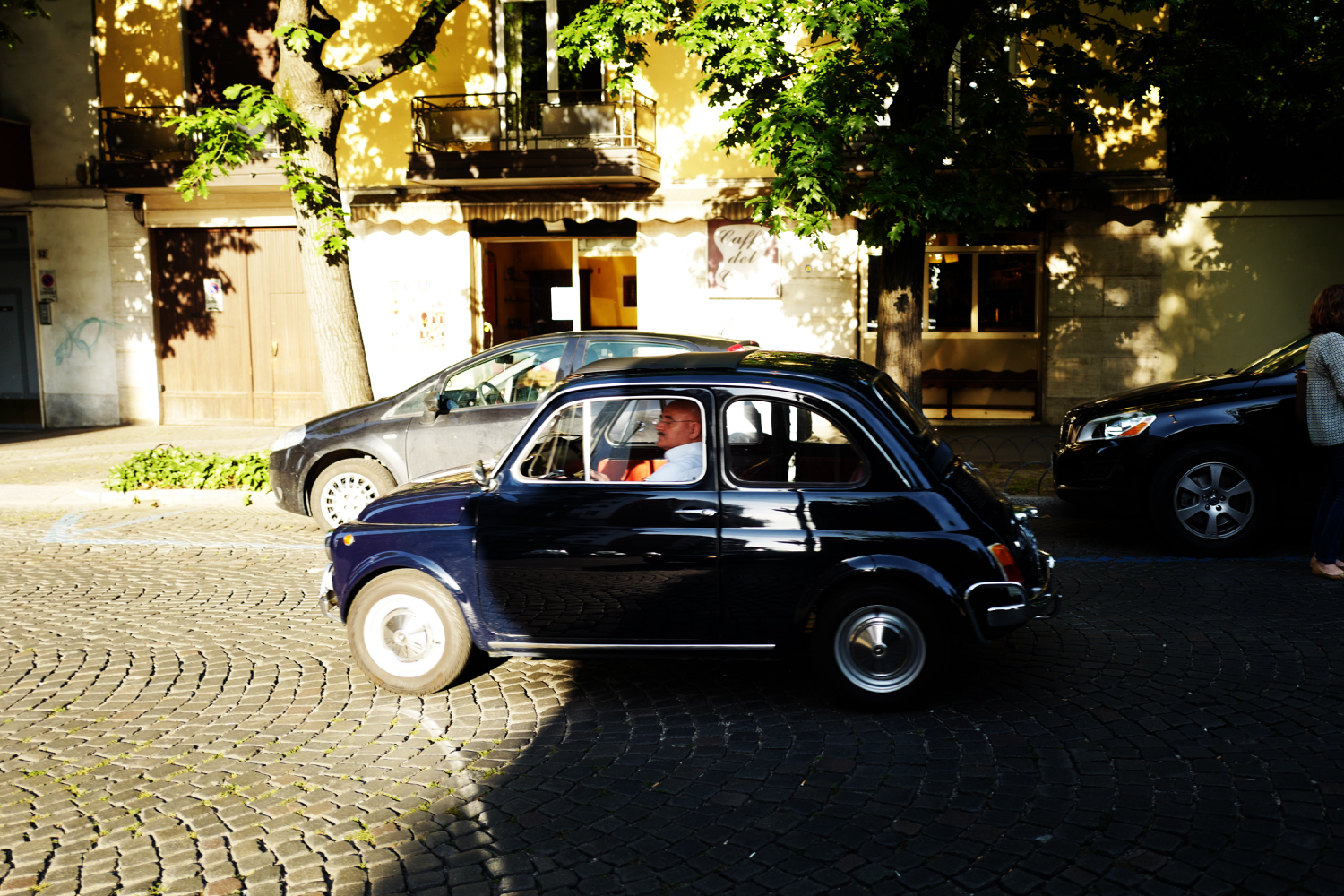
One of the things I like about Italy is when you arrive somewhere new and have no idea what to do, you just head straight for the piazza in the middle. It kind of seems like all roads lead to there. Everything you need is going to be here: a good restaurant, a gelato place, a pharmacy, and in this case the Gravati flagship store. Gravati is the factory that we came to film, and also the name of the family that has owned and run it since WWII. Since then…not much has changed there.
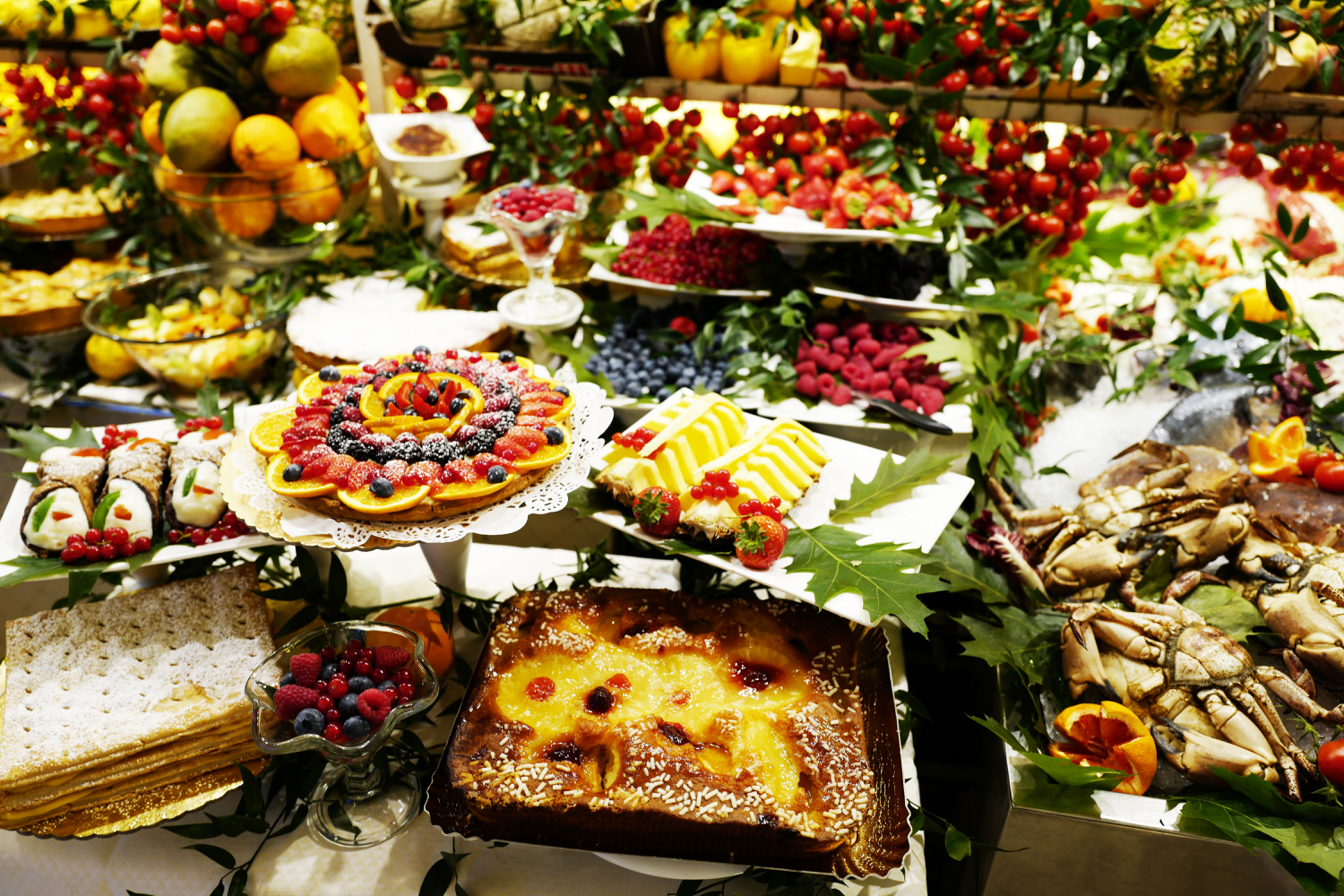
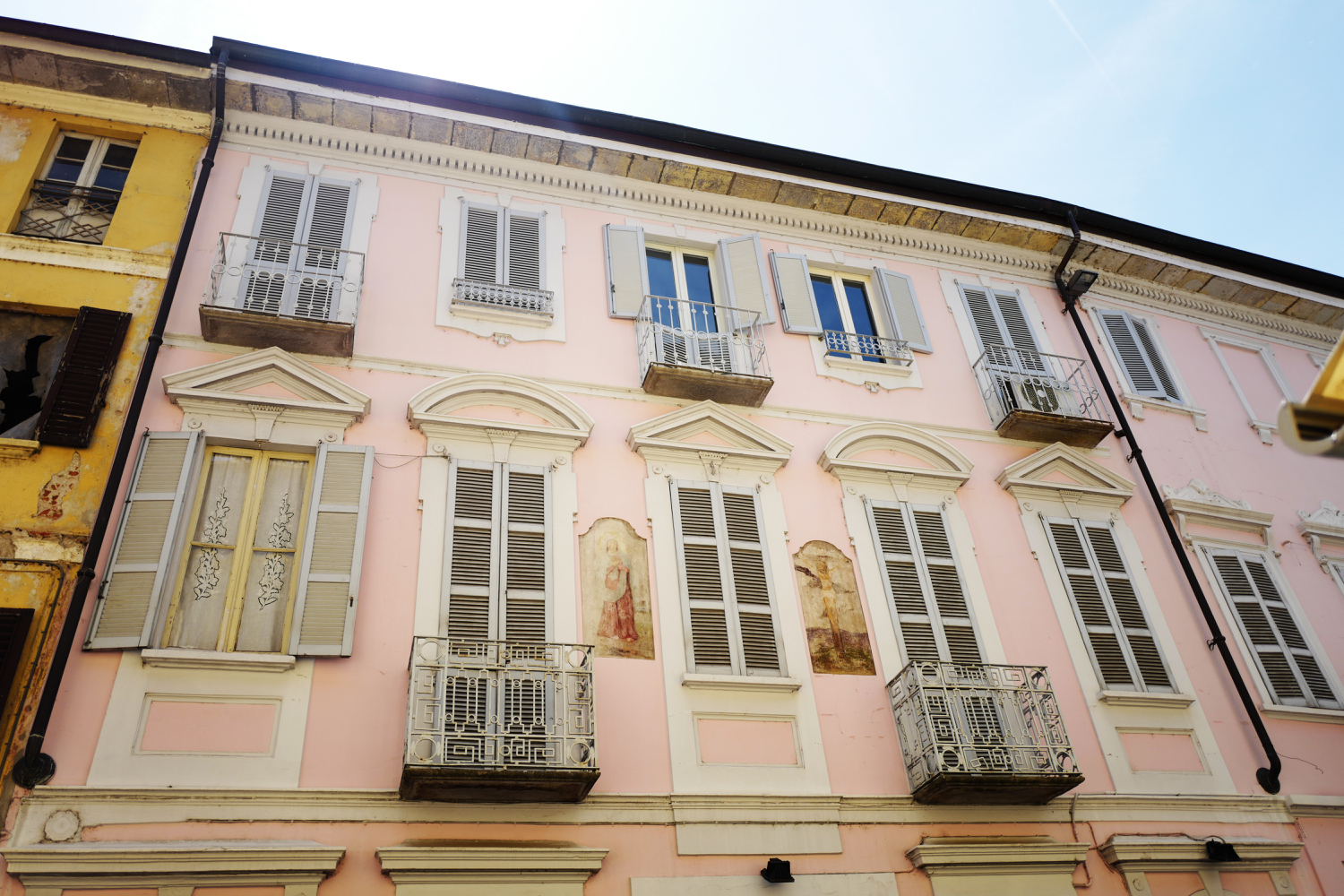
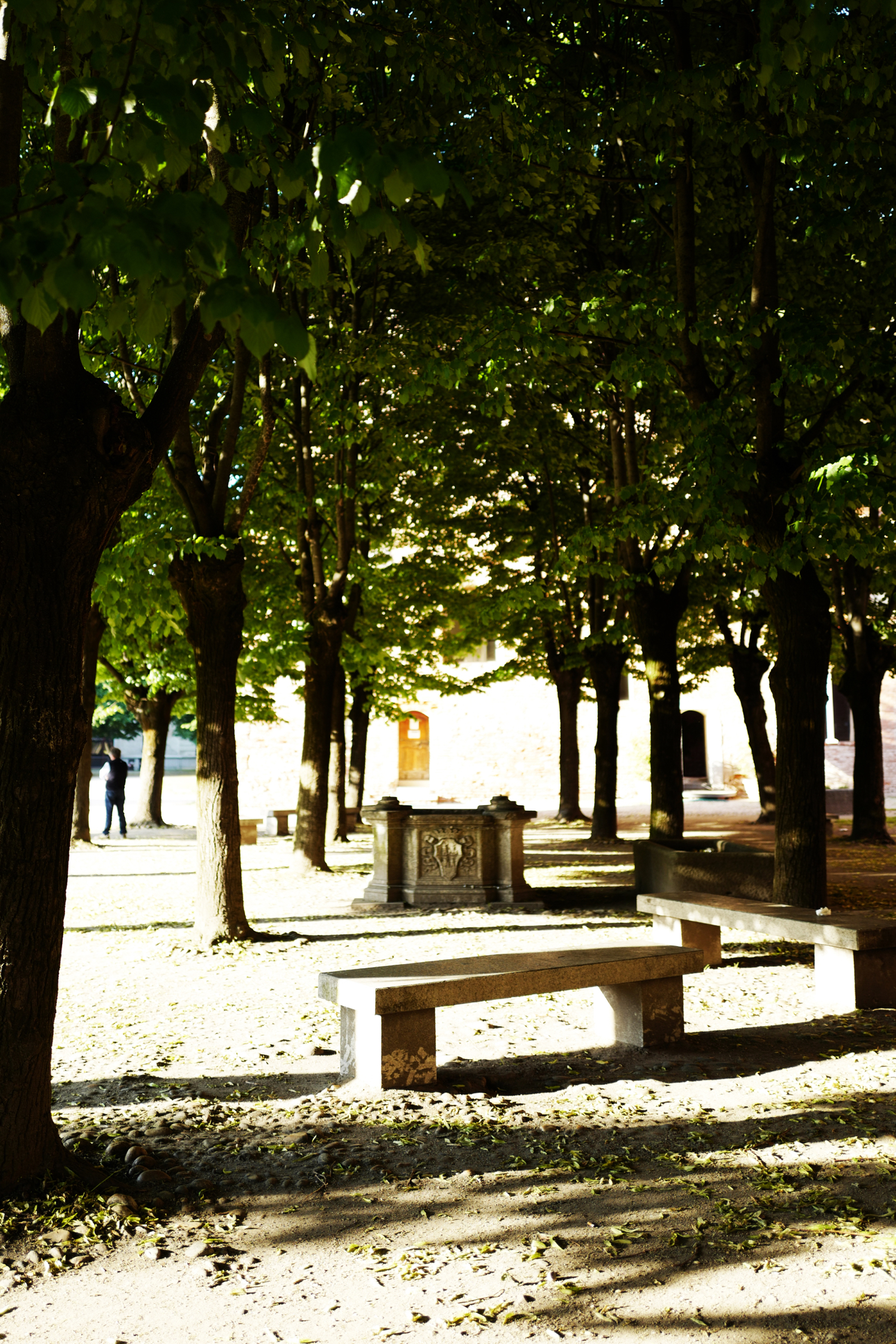

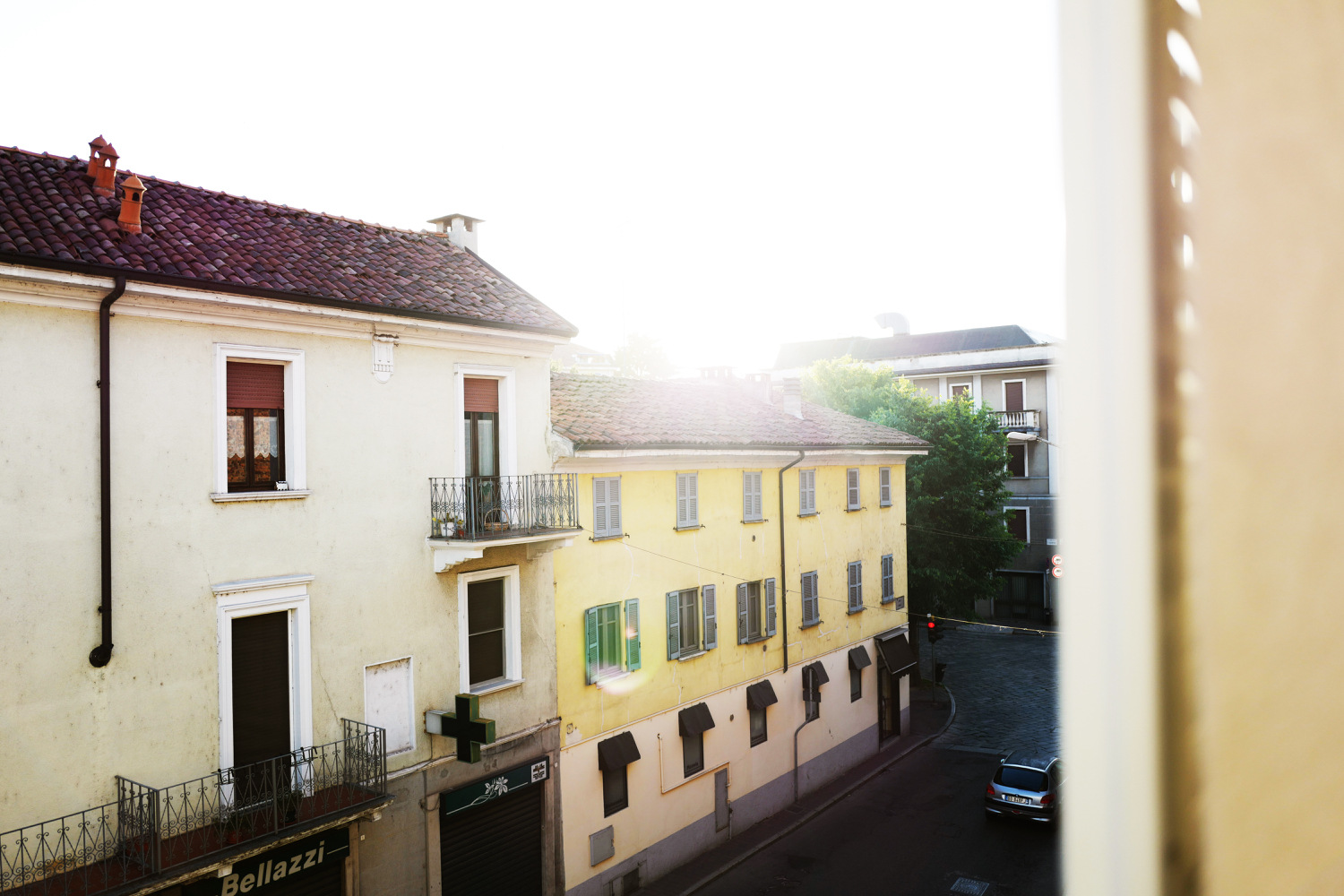
At 8AM after the owner of our bed and breakfast has tried to bribe me with homemade pastries to film his humble property from above with my drone, Mattia picks us up. He is here to take us to the factory. He also turns out to be my favorite Vigevanoan but at this point we have just met. From what I can tell he is not the kind of guy that walks to work. How do I know that? Because smack between his office and the town parking lot is the restaurant where we would later have lunch. Mattia will park his car here, walk to the restaurant, then walk back to the car to drive us to his office, even though it is exactly the same distance between the three. I’m not a geographer but this will make no sense to me. Before the car though and after Mattia has teased me for ordering a cappuccino at lunchtime (because an Italian would never do such a thing), we will stop in front of the Gravati store in the piazza. Mattia will be upset that they have permitted a french fry shop to go in next door, and the three of us will agree unanimously that this is a crime before a woman with a goat on a leash passes us to distract us from the outrage. Mattia will kindly ask why the goat is out like this and she will explain that he needs to socialise. Then, the three of us will continue licking our gelato, puzzled as we stare at the shoes in the shop window that we watched being made that morning.
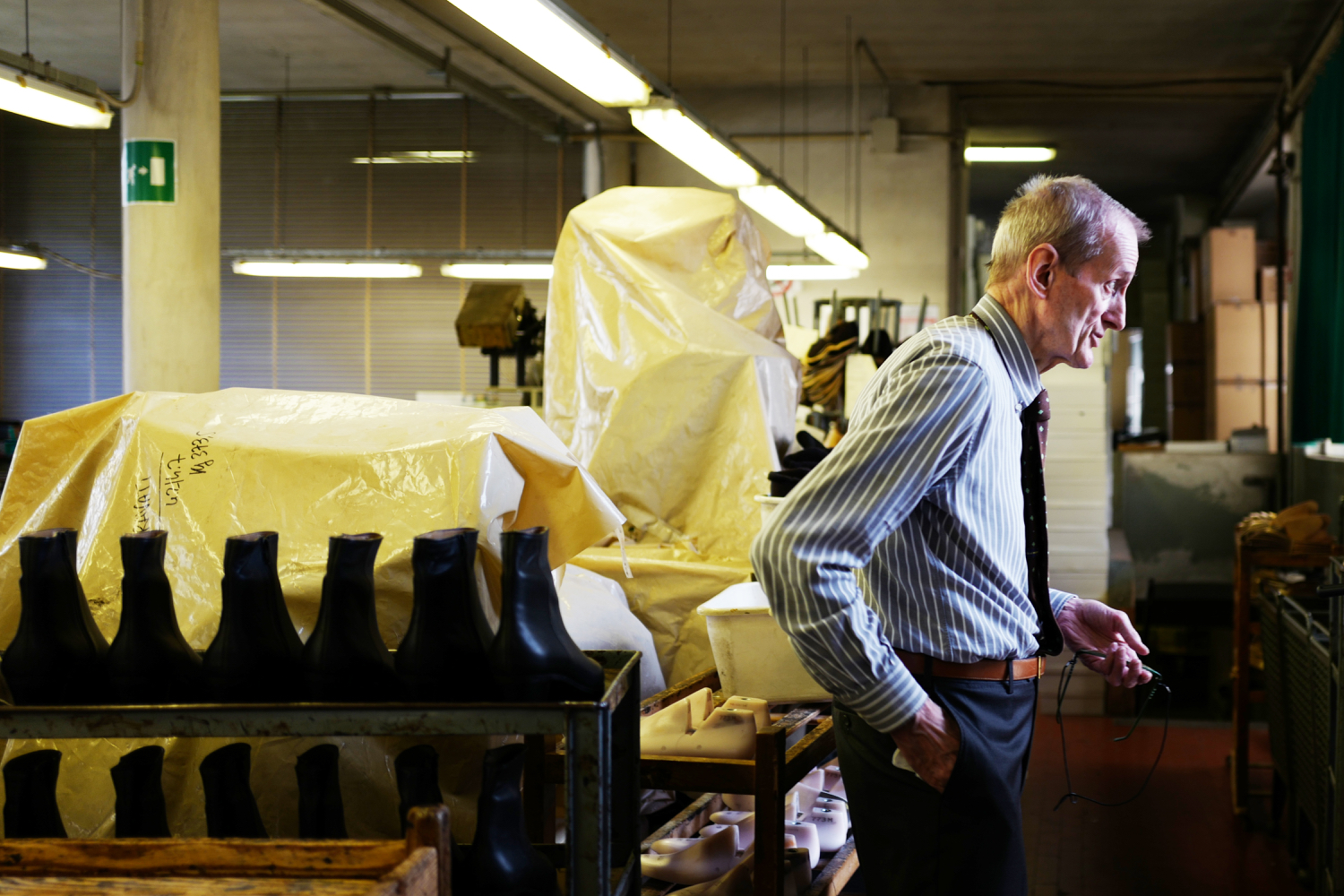
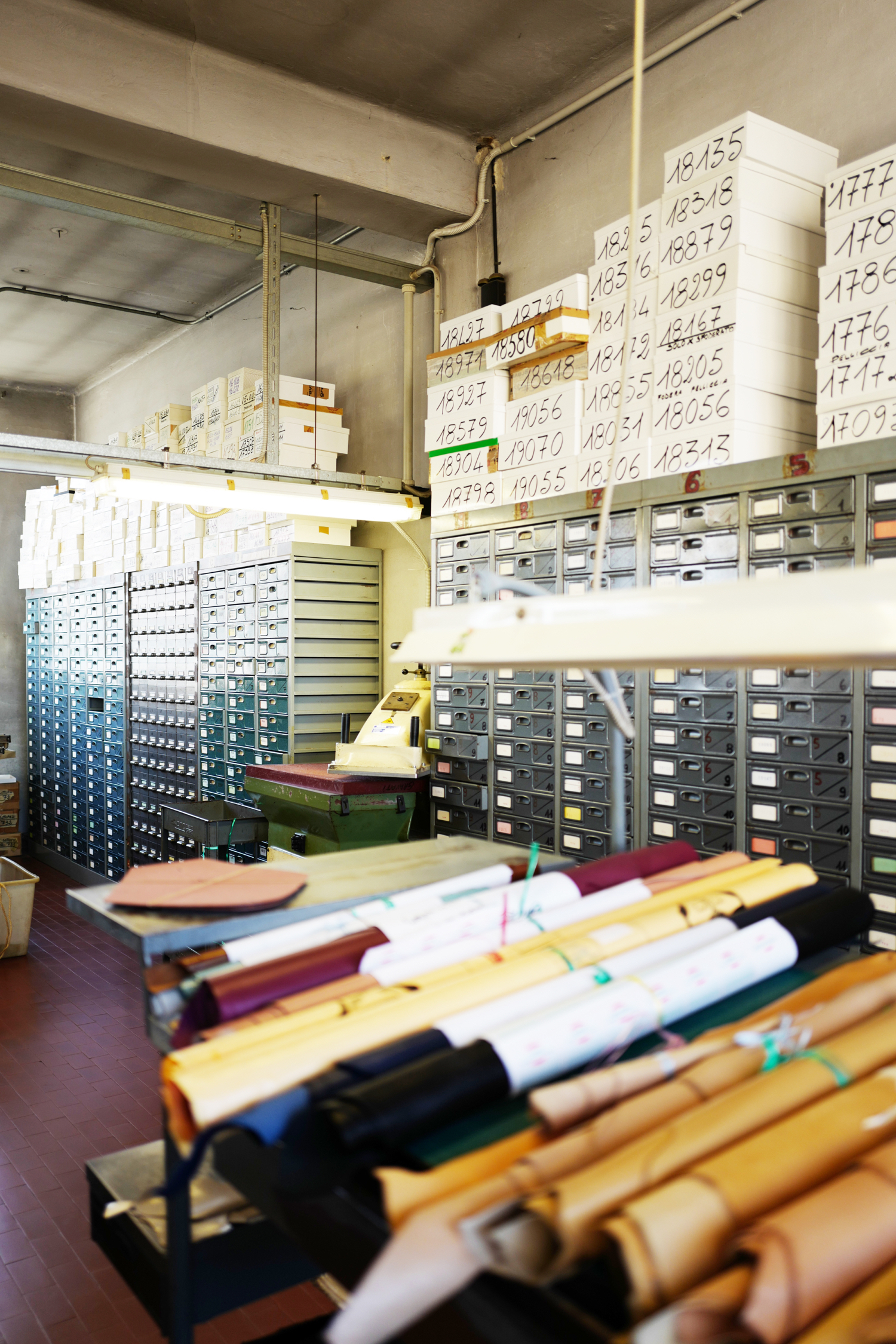
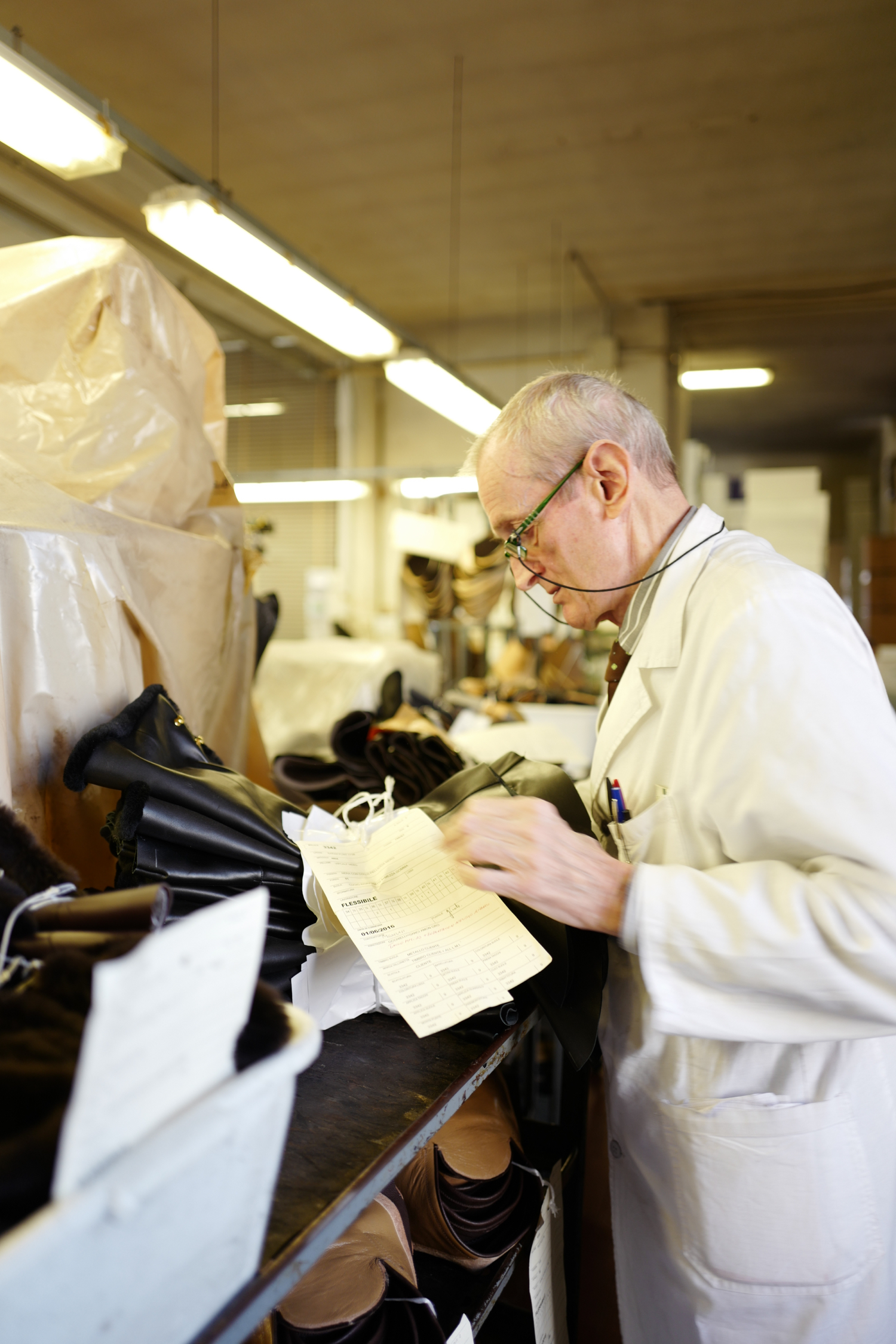
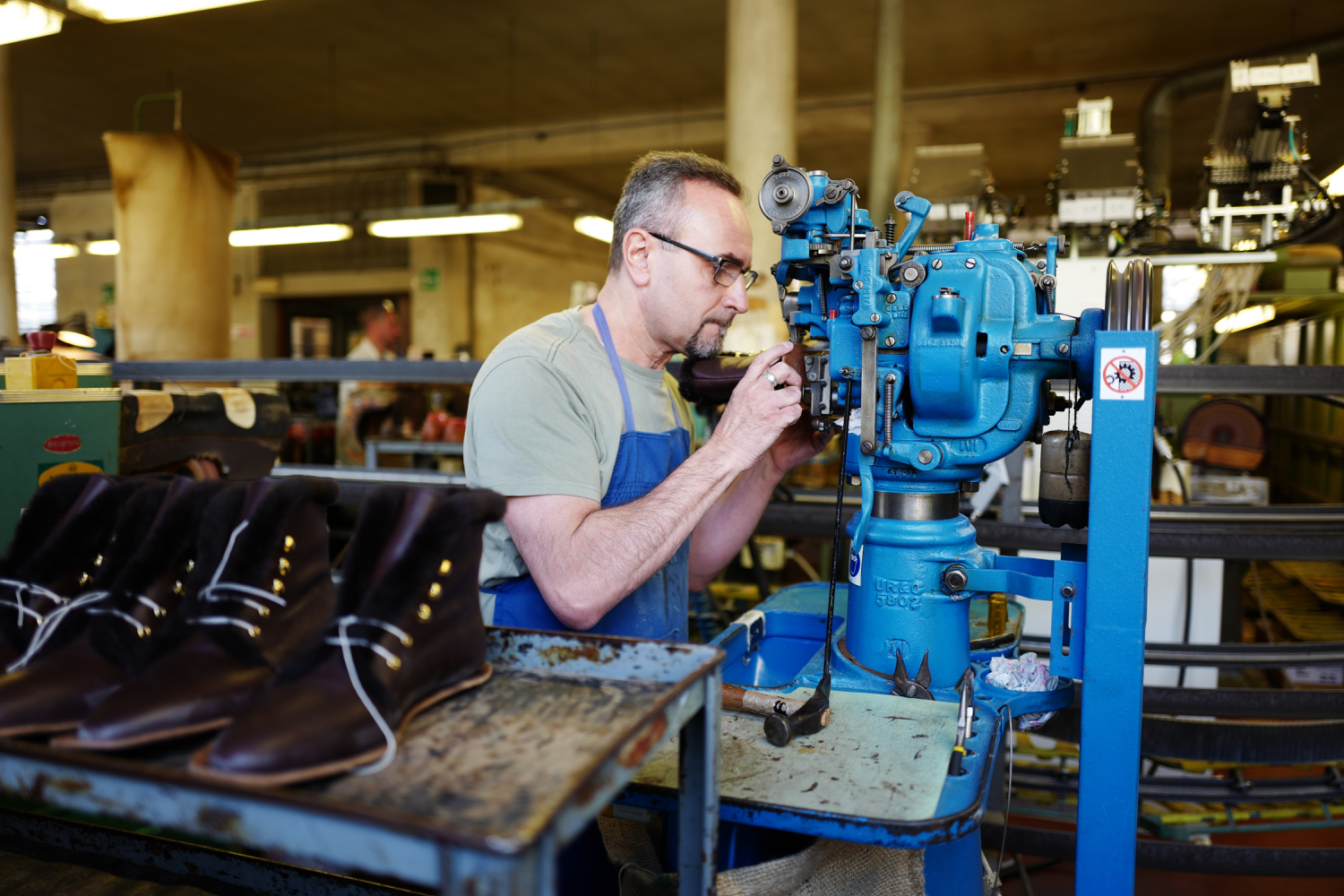
Which brings me back to 8AM. When we arrive at the Gravati factory a few minutes later it is clear we are the last to show up for work. It is noisy and there is something going on everywhere I look, which overwhelms me because there are a million things I want to film and only a few hours to do it. We are greeted by Ettore Gravati, who speaks next to no English, hence why we have brought Mattia, who is also Sarah’s production manager. Ettore looks like the Big Friendly Giant; he is tall and a bit shy but warms up to my camera just enough as he dives into the family history of the factory.
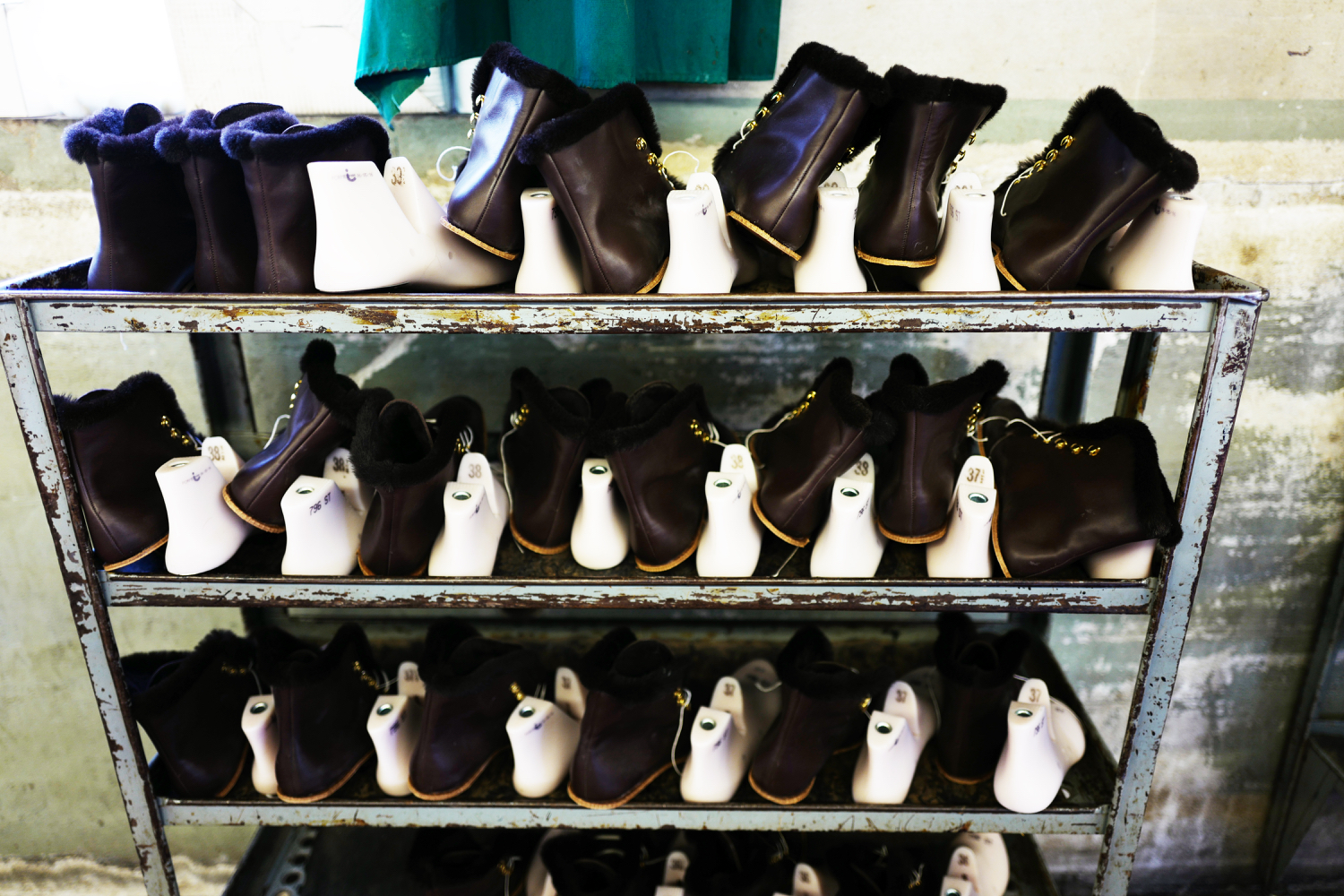
He takes us upstairs to the stitching and cutting department and I feel like I have showed up in a time machine. My brand new Sony camera, that I debuted for the first time on this job, looks out of place amongst machinery that has clearly been here since the 1950’s. Ladies are milling away, cutting and stitching leathers. As I poke my lens into their work space not a single one of them objects, confused at first but then greeting me with a smile and trying their best to understand me. I once read a book called “How to Speak Italian”, that is actually just pictures of ornate hand gestures. This comes in handy quite a bit and we all get on just fine.
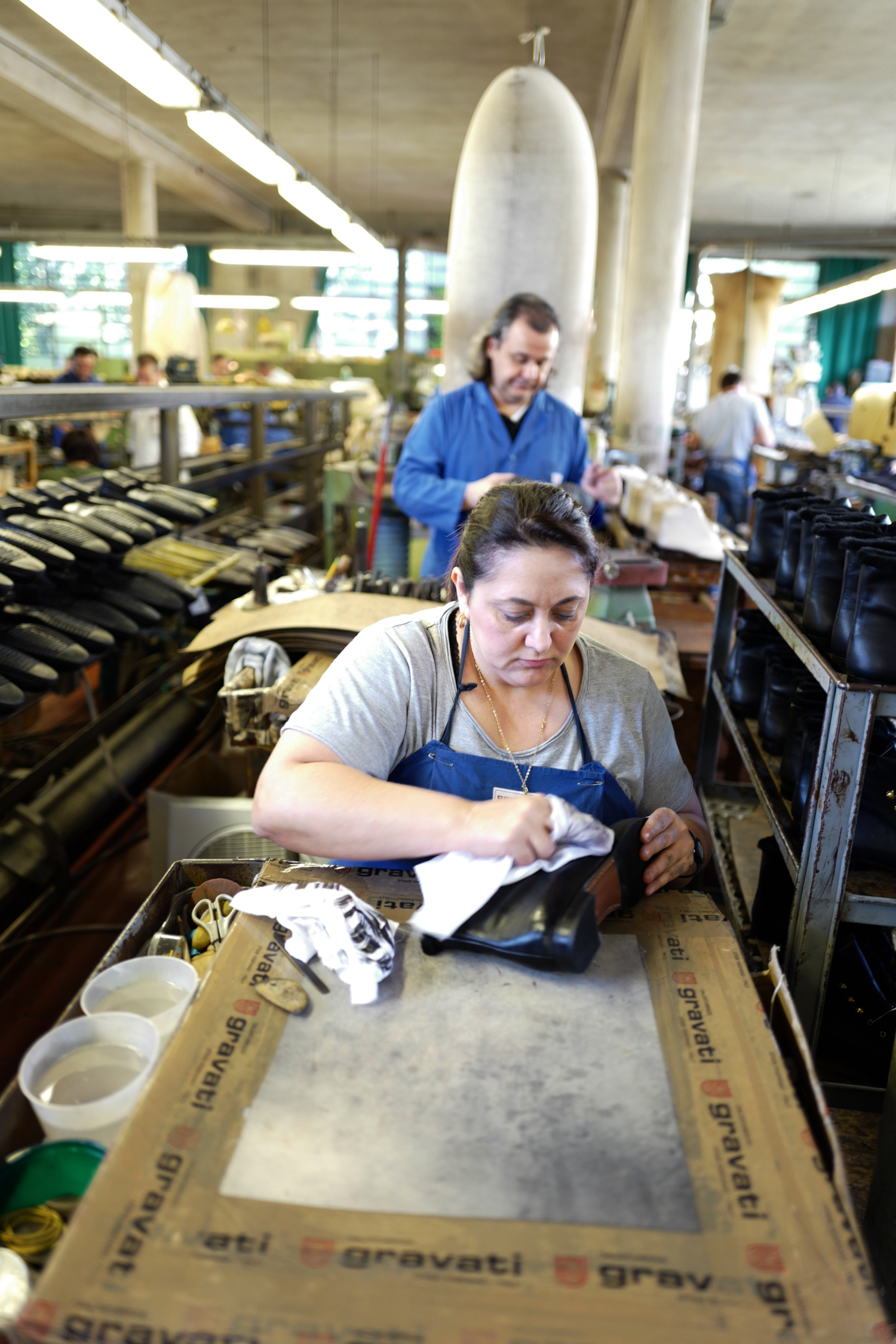
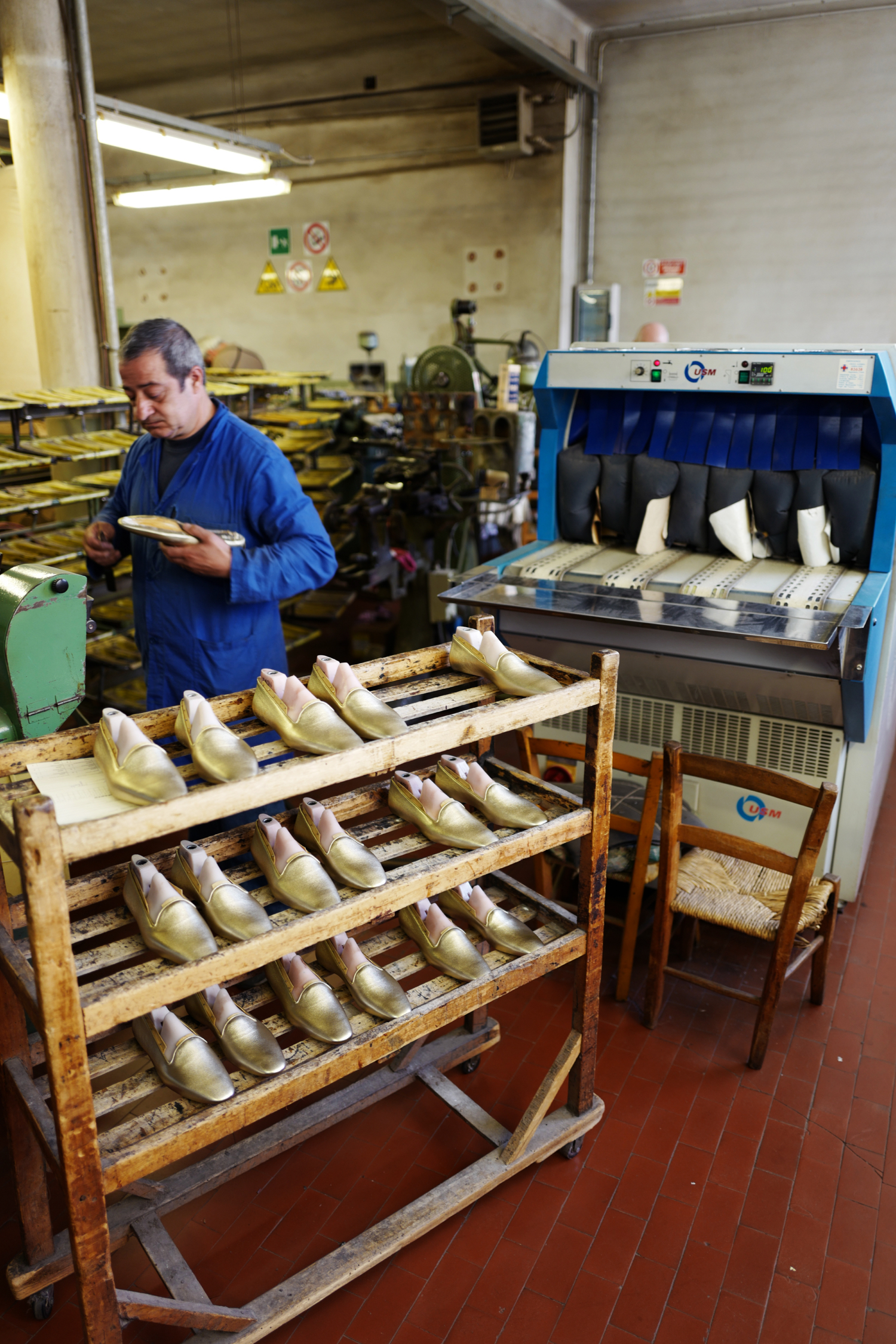
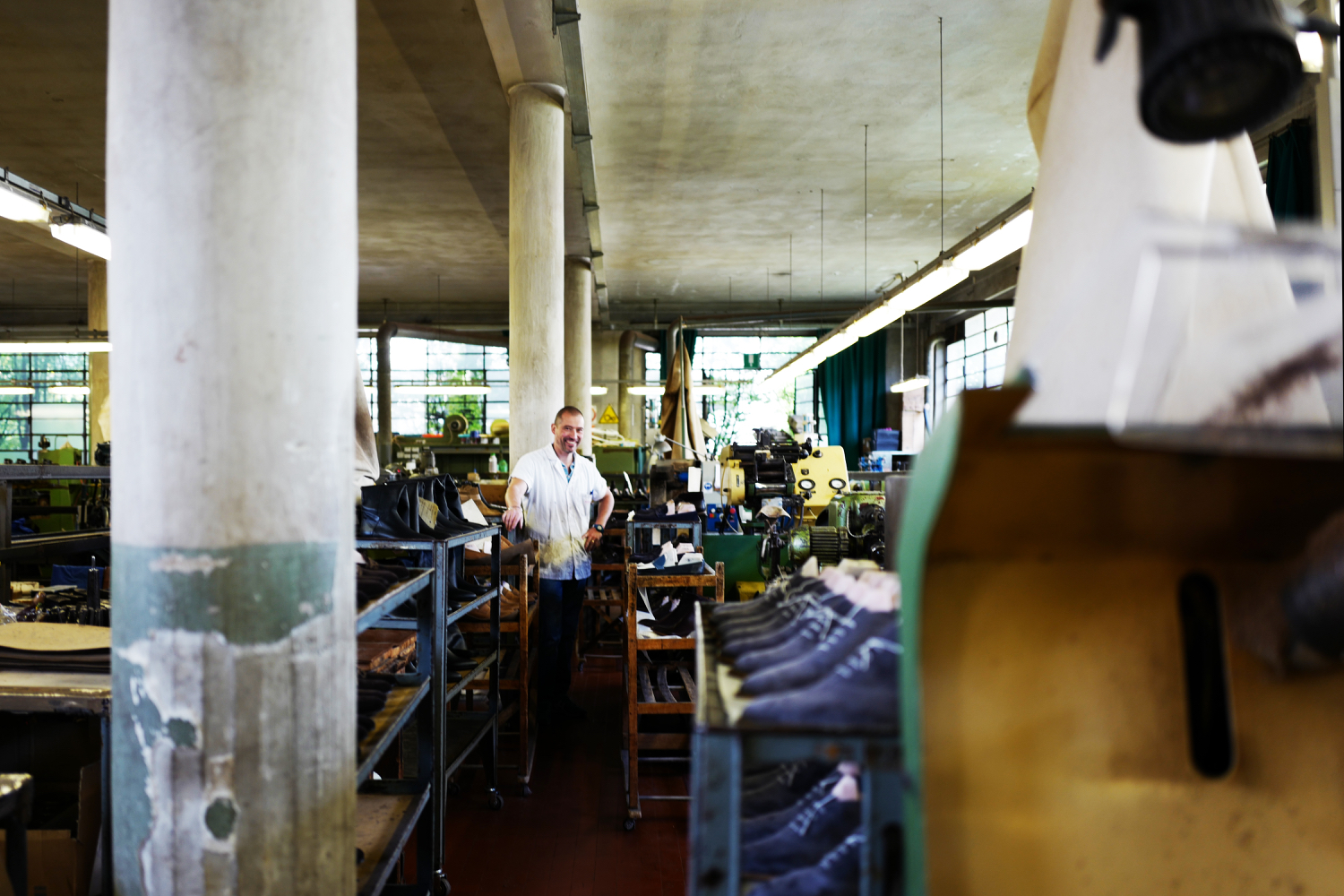
Downstairs we meet Cesare, Ettore’s brother who is also quite shy about this camera situation. He is equally as old school as his brother, wearing his white lab coat over menswear in some very 1970’s tones. Sarah whispers to me that Cesare inspects every single shoe personally before it goes in the box. Now that is quality control. I later witness this for myself before Cesare realises I am filming him and blushes to a halt. It is clear that each brother keeps a careful eye on every detail of the process as we move along. Obviously, both of them are wearing great shoes themselves because Gravati happens to make some of the most well crafted shoes in the world. In fact, they are some of the rare if not the only people left actually making shoes from start to finish as Sarah and Mattia have both explained to me. Everything except the cow leather itself is made and assembled right here in their factory, overseen by these two brothers and their employees, many of which who like Ettore and Cesare are not the first generation of their family to work here. Each of them is more or less specialised in one to two tasks. I would have the pleasure of interacting with almost all of them following Sarah’s FW16 Valentina boot, named after the daughter of Ettore, as it makes its way down the assembly line. Valentina is the English speaker of the family, and deals with most of the inquiries from abroad. Later her very friendly brother emerges, also speaking English enthusiastically. The rest of the family seems to get nervous when he talks too much to us, perhaps because they just don’t understand him in English, which leads me to imagine some funny Italian family dynamics around the situation as if he might be the brother that tends to put his foot in his mouth. To us he was nothing but kind and sensible with his words, telling us we are welcome back anytime. Perhaps this is what the family was concerned about, us returning to poke my camera around their work stations again.
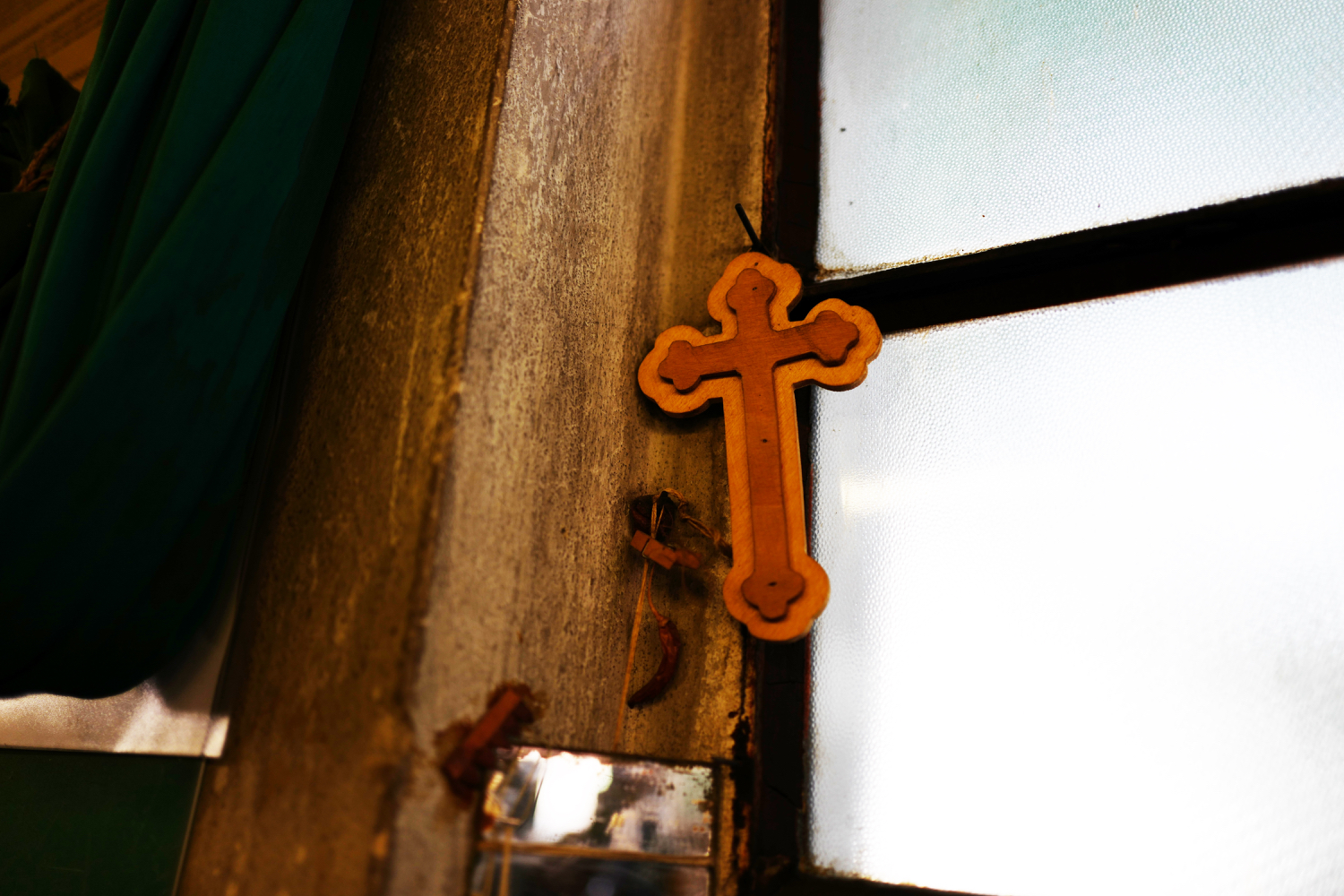
Throughout the day in the factory, I love seeing each person’s precious objects in their work space: a little cross or shrine, some photographs here and there. They are little hints and clues for that nosey side of me to complete the details of their life outside the factory. I wonder if they like their job, if they have families, if they like getting up early in the morning to come to work, if they will go to church on their lunch break or home to take a nap, and so on. I suppose some stay here, because at some point we reach a tanning machine that passes shoes through an open oven on small conveyor belts to heat the leather. Mattia tells us that some of the workers will toast their paninis on it. I think he is joking but he is dead serious which I am thrilled about because that is precisely the sort of insanely Italian things I imagine going on here. But other cliches of Italians do not uphold here. The Gravati family means business, they always deliver on time and they are the only manufacturers Mattia works with whom he does not have to chase with phone calls to sort out issues. Ettore and Cesare will often ring Mattia up themselves if they are just not satisfied with something they have done, and do it over until it’s to their standards of perfection.
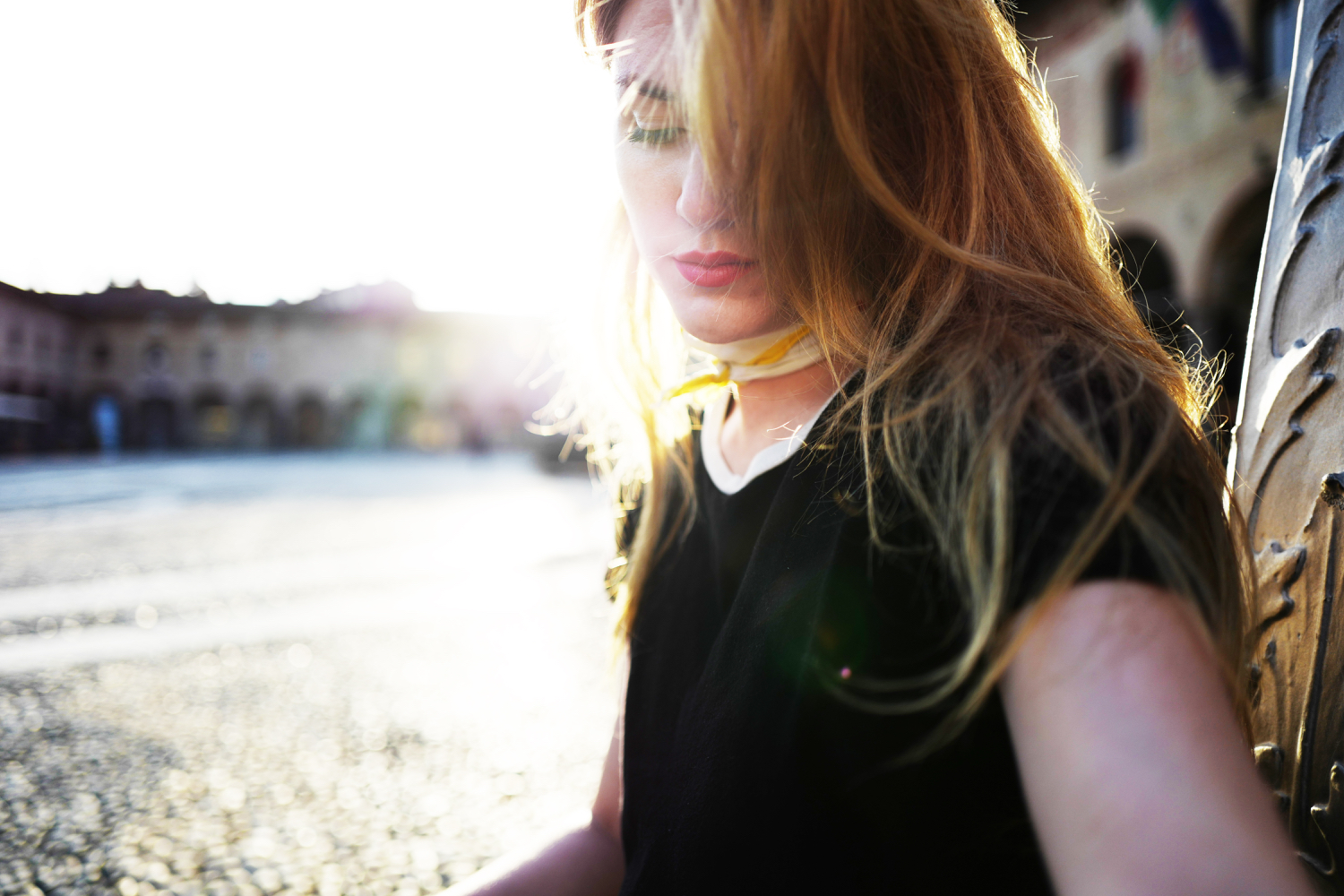
I cannot help but wonder, worry in fact, that someday we will cease to make things this way entirely. That artisans and true craftsmanship are fast becoming a thing of the past, and in our near future we will cease to find objects produced like this at all. The reality is that Gravati is one of the few remaining places in the world to make shoes this way. It saddens me to think that this kind of manufacturing is now a novelty, and I fear that sooner rather than later beautifully made things will die off with a generation while they were out priced by robots in sterile factories in far off corners of the world to satisfy the world’s constant demand for quantity over quality. Here, things are made with humanity. In a single pair of shoes there is the thought and care of no less than twenty people whom lead simple and beautiful lives in this sweet little suburb of Milan where all you need to be happy is a nice pair of shoes, a bike, and a dog (or goat) to walk around the piazza.
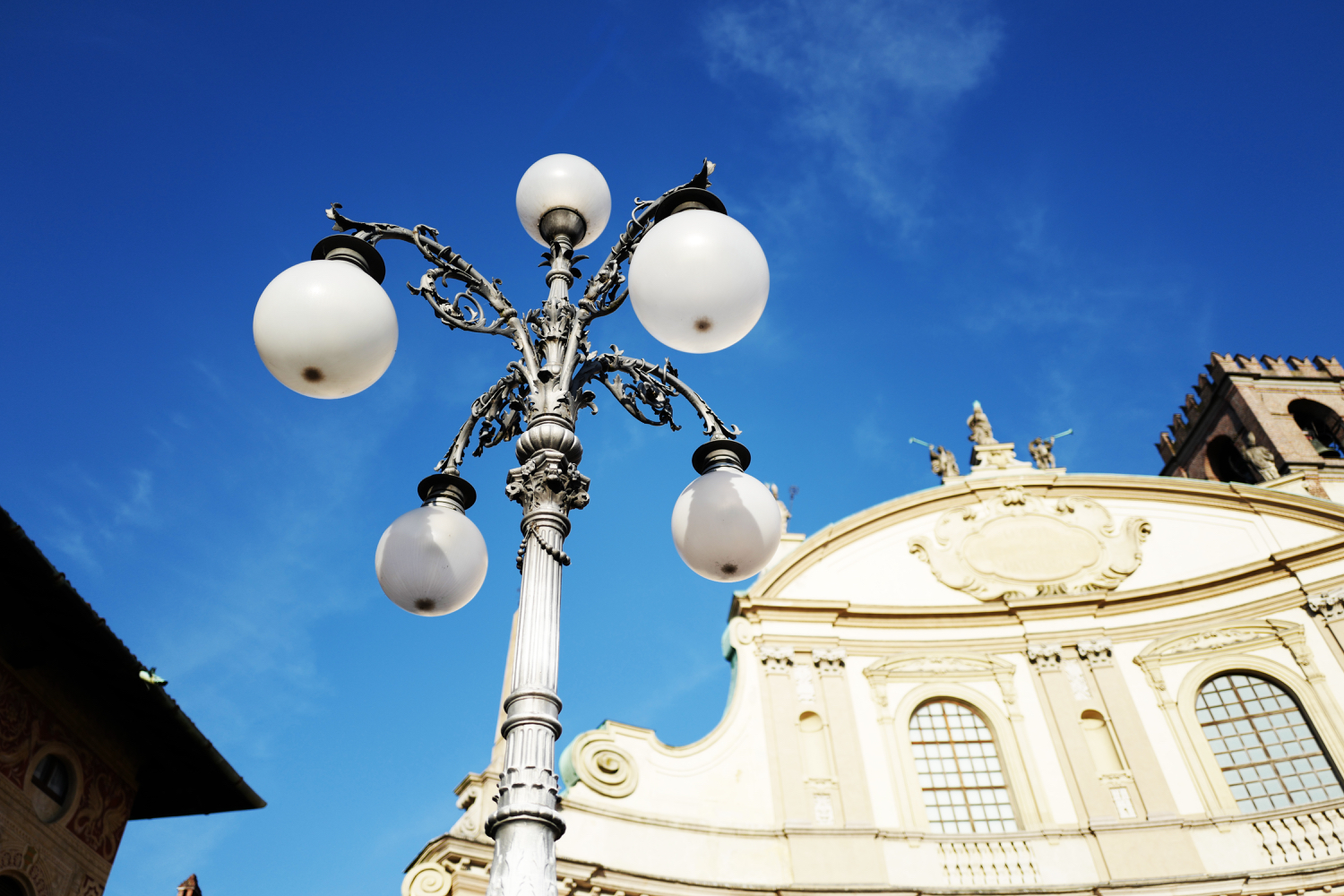
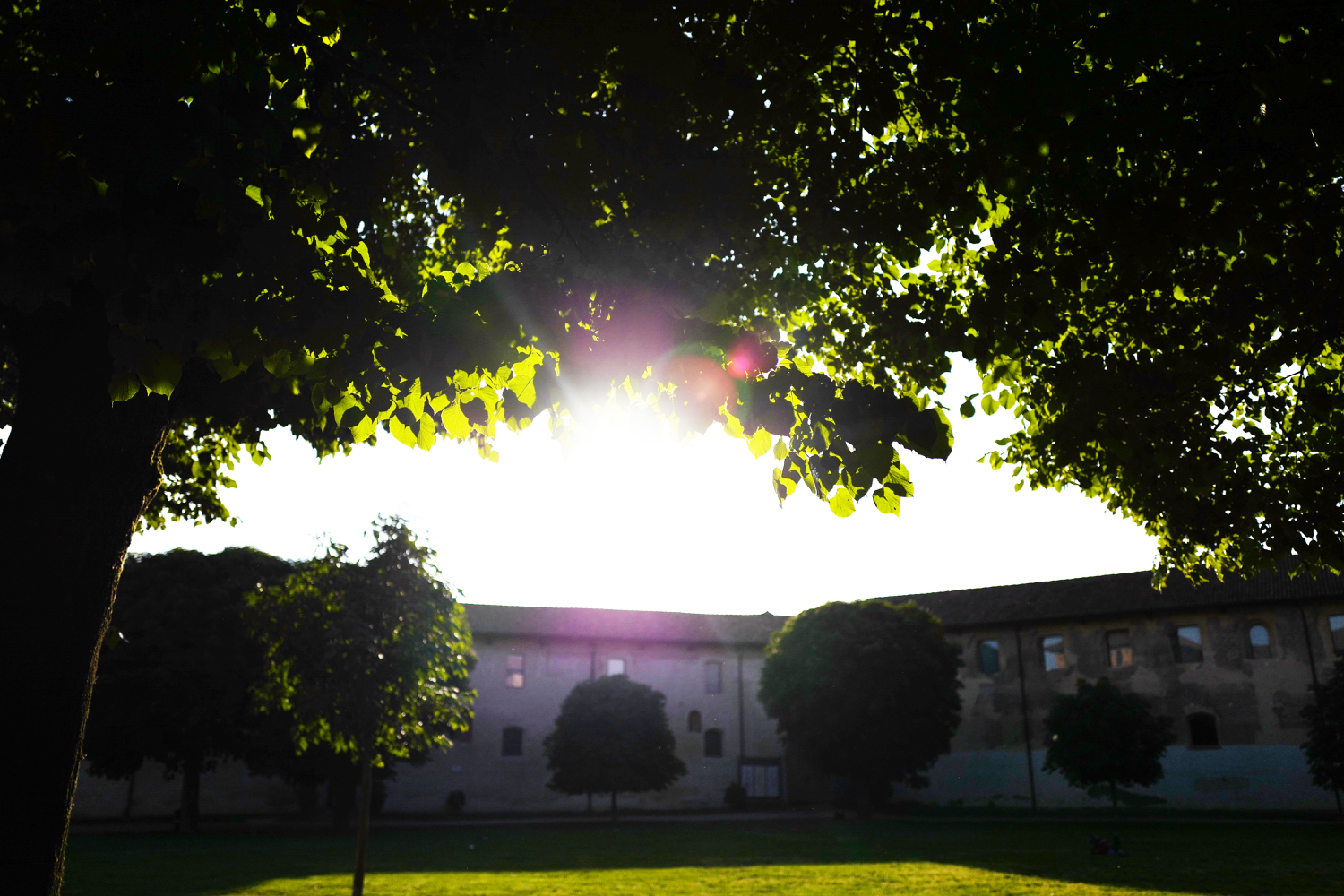
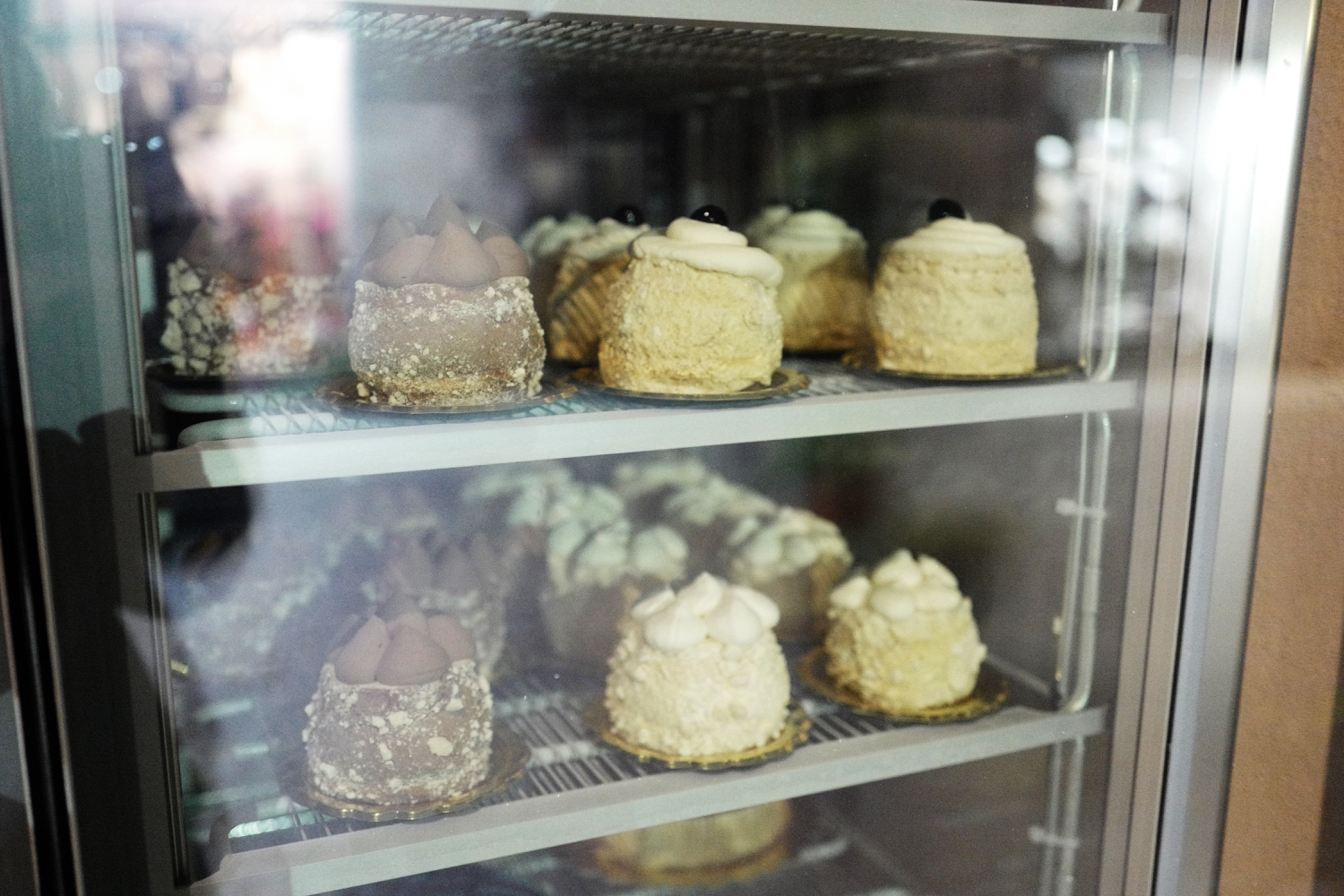
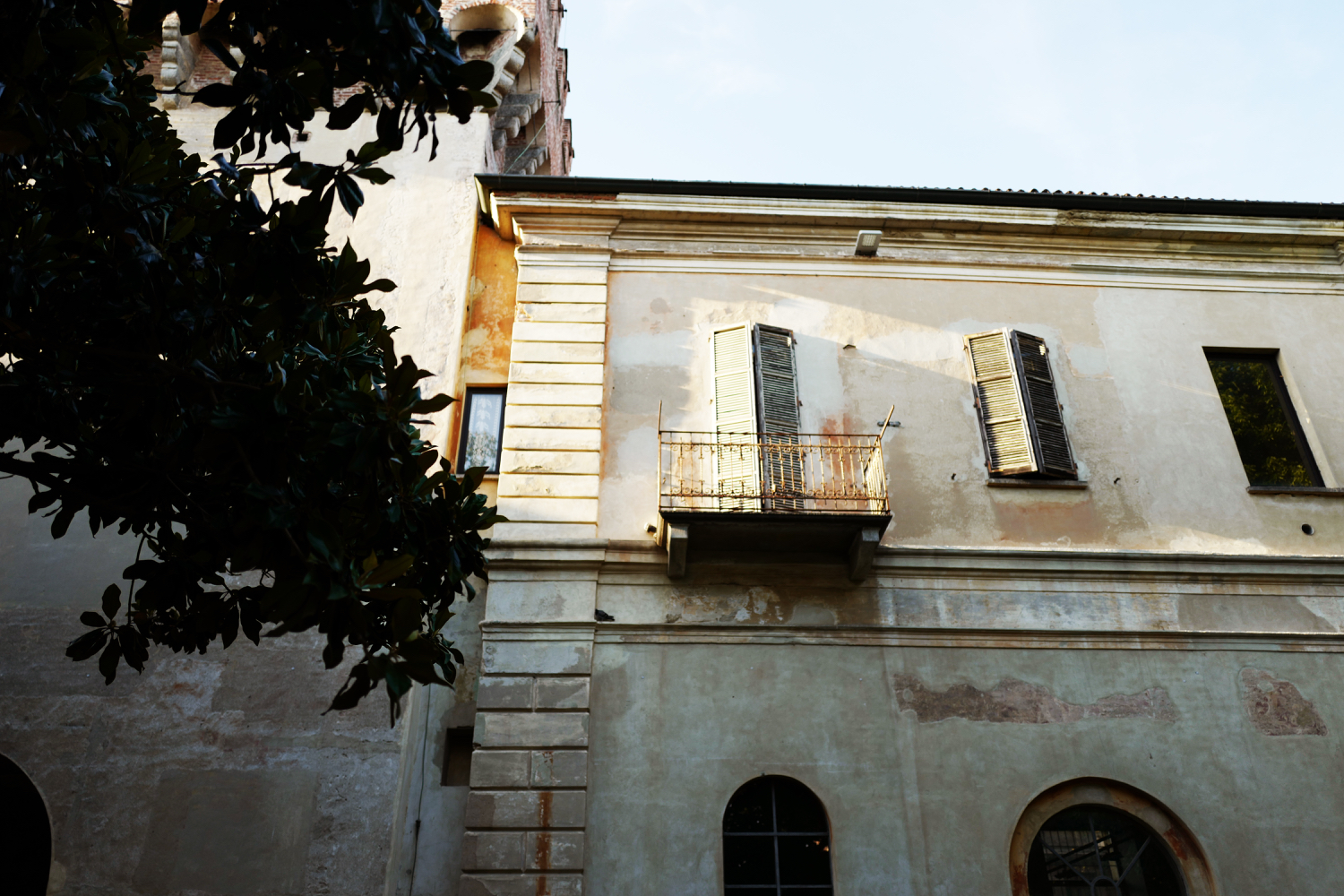
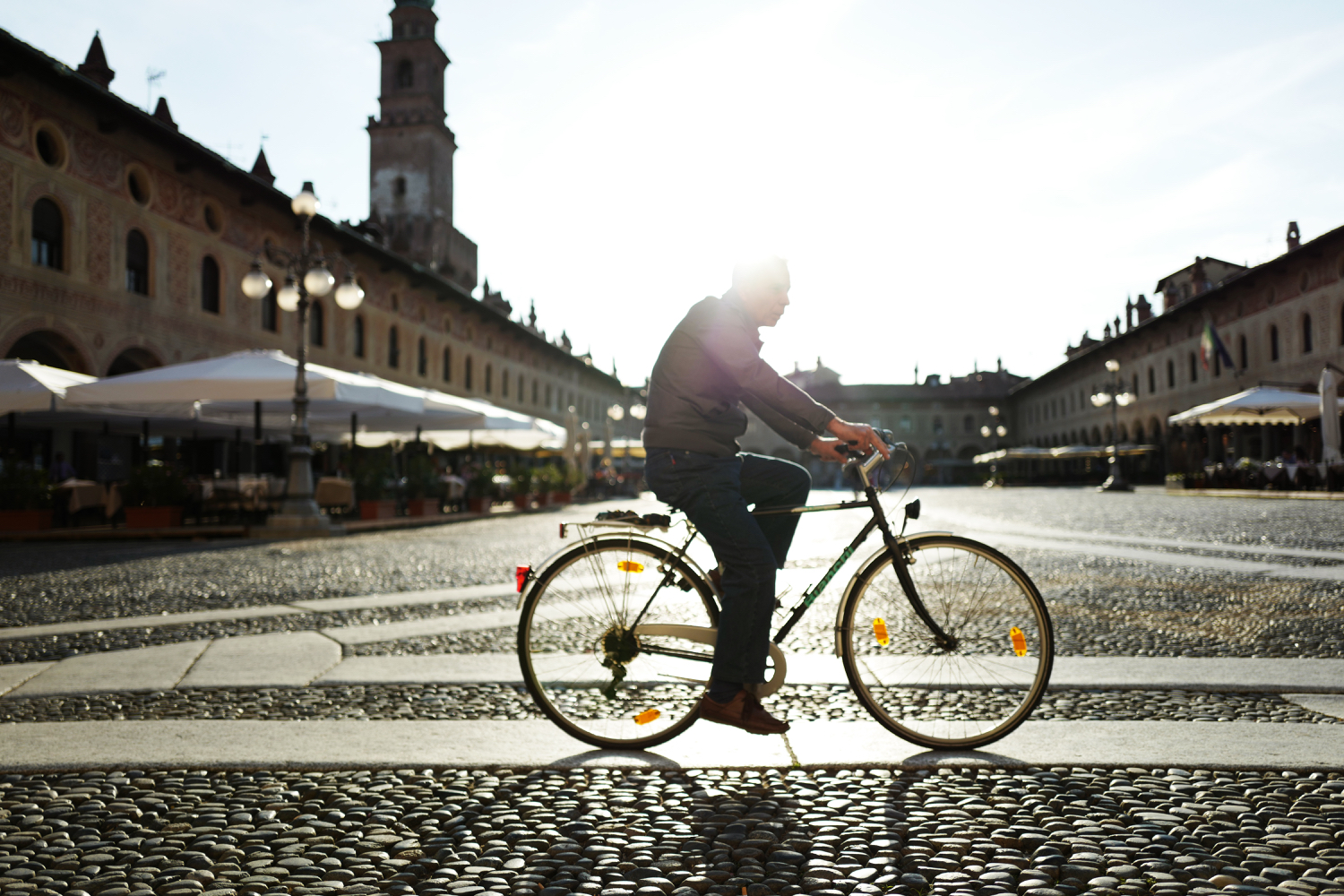
At the end of the day when the shoes are made the work bell rings. One by one the workers file out of the factory, hop on their bikes, and head off into town becoming one of the many people that I will enjoy observing in the piazza for the next two days. Before I left Vigevano I bought a pair of Gravati shoes for myself — some little black heeled loafers. In the shop I inspect them, looking at every detail like Cesare did before they went in the box, and remembering how I watched them being made by hand. I put them on to walk around the town that evening and wear in the buttery leather a bit. I realise now, I will never be able to look at a pair of shoes the same way again. During my little trip to Vigevano I literally and figuratively walked a mile in this town’s shoes. And let me tell you…they are very Italian, very nice, and very beautiful.
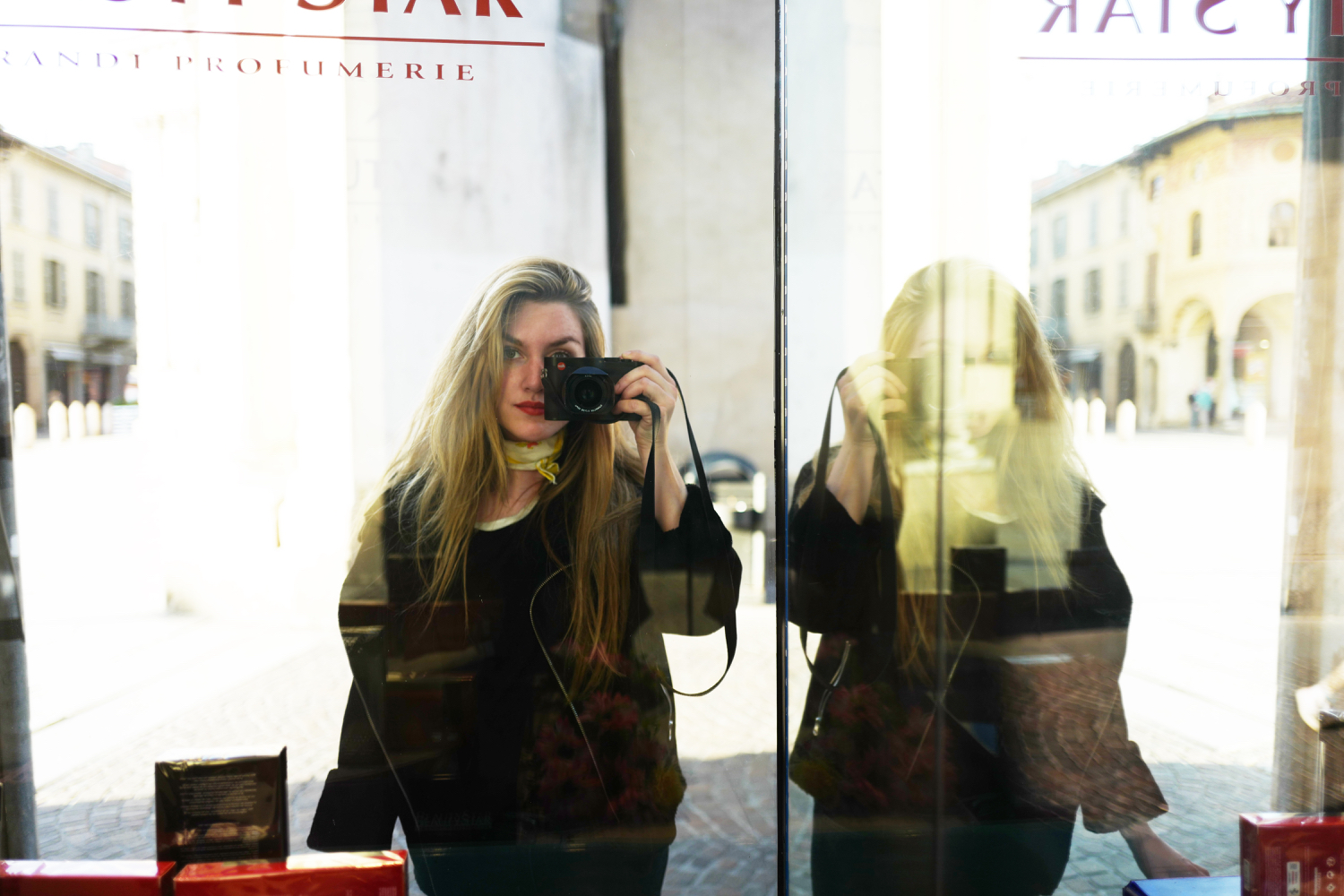
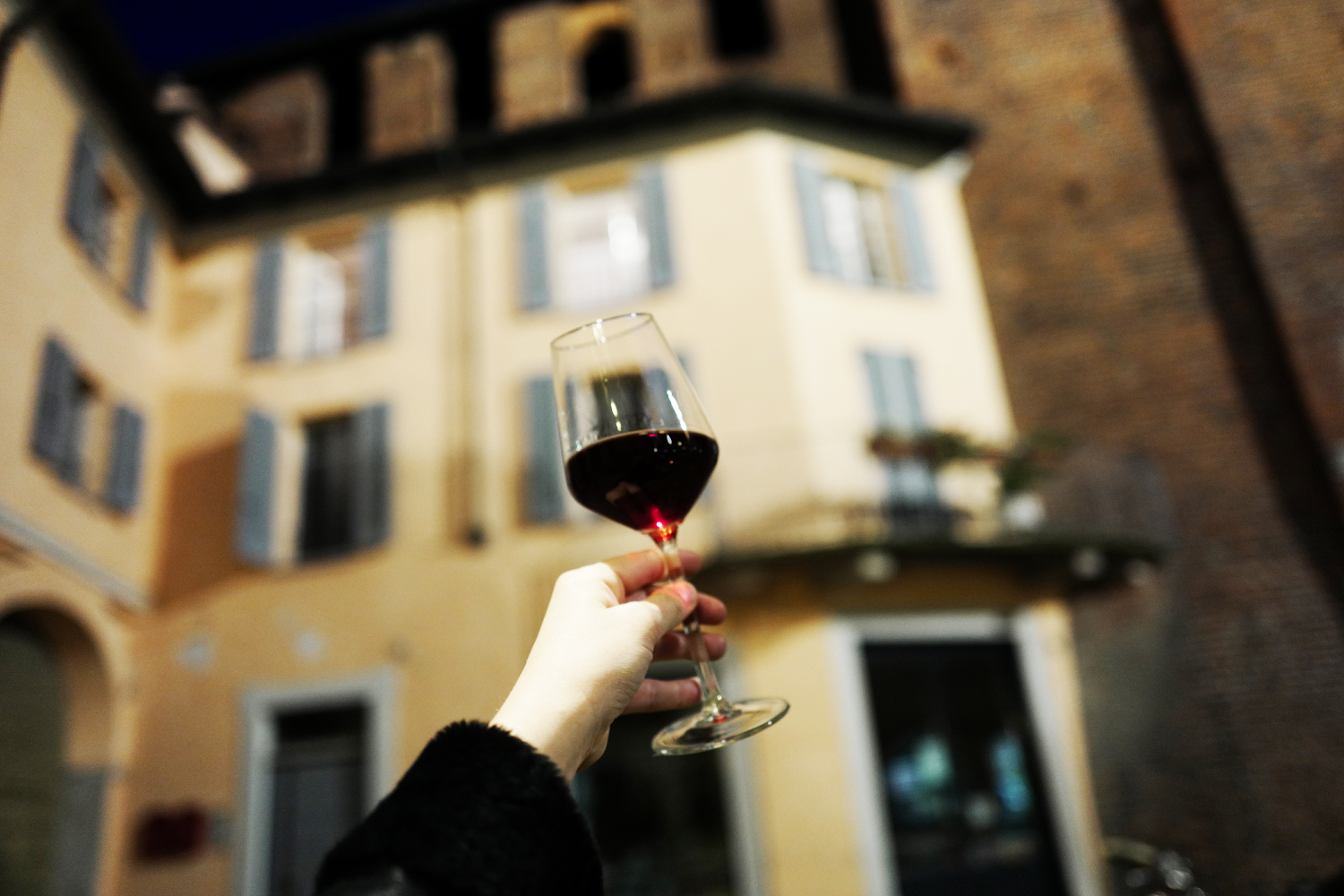
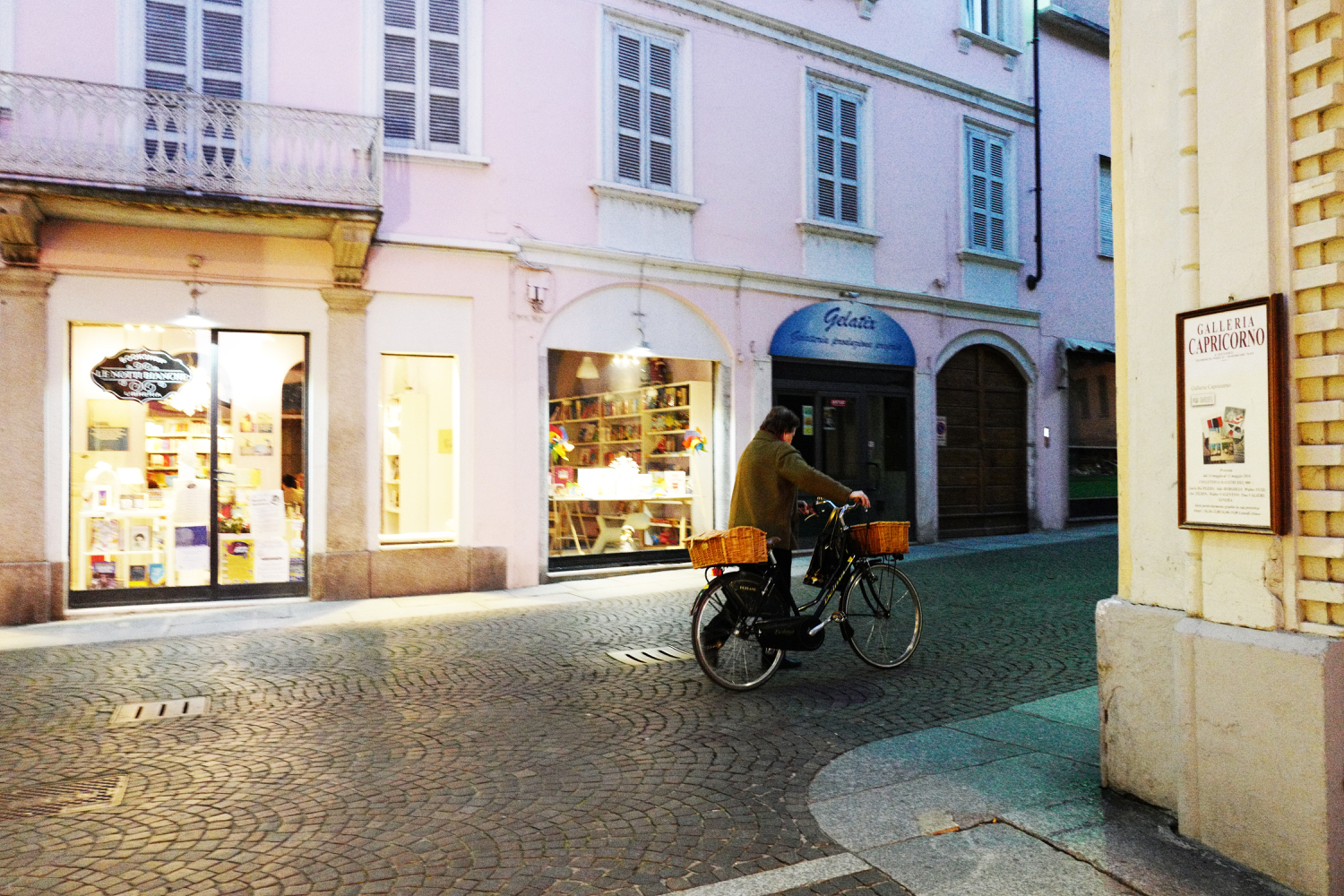
Many thanks to Sarah for hiring me to come along on this little trip. And of course to the Gravati family for letting us have a look around. Mattia for being a great ambassador for Vigevano and along with Sarah, teaching me a lot about shoes. And lastly, Jostein for the beautiful music in this little film, and Patrick for translating my interviews into English thanks to his excellent Italian language skills.
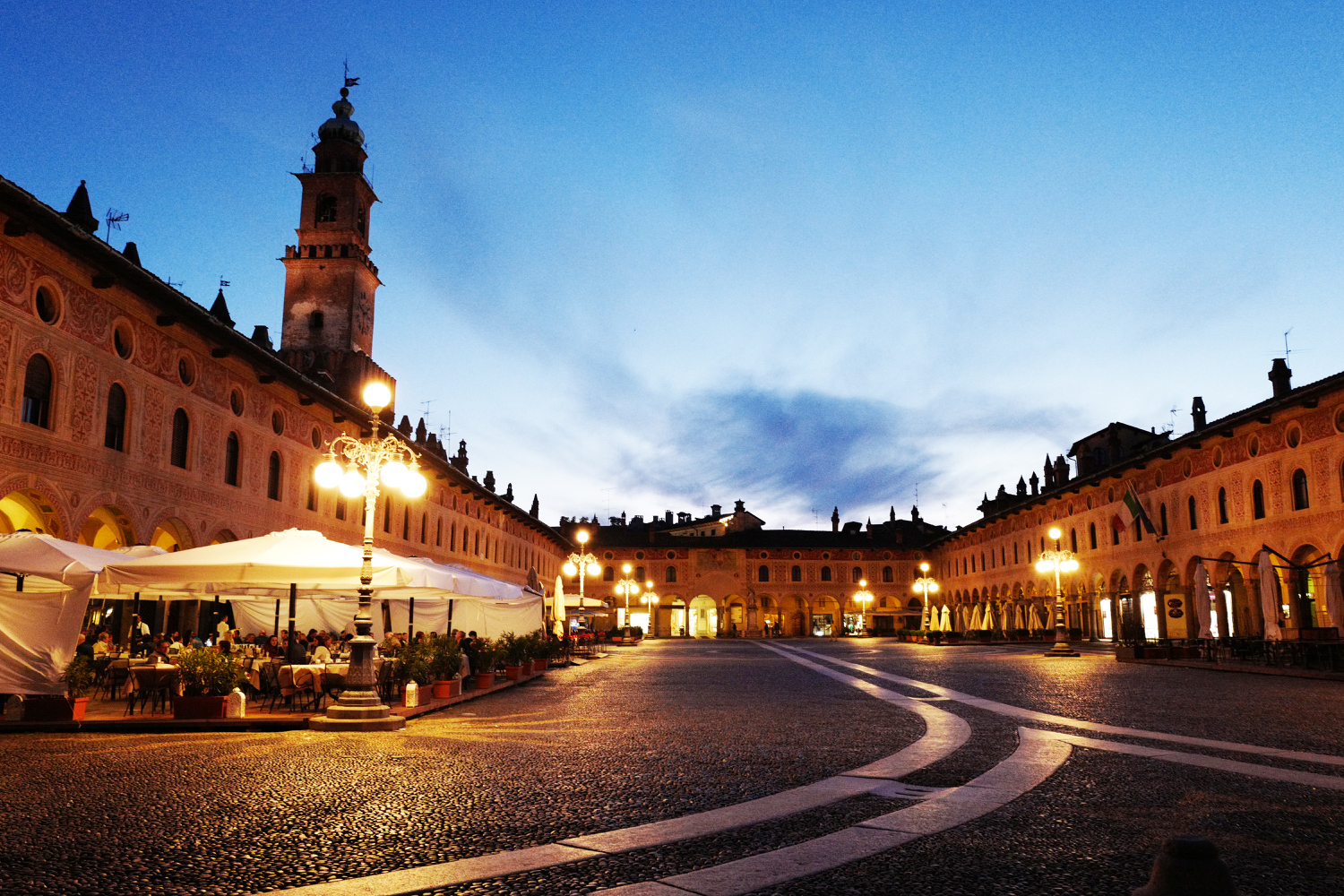


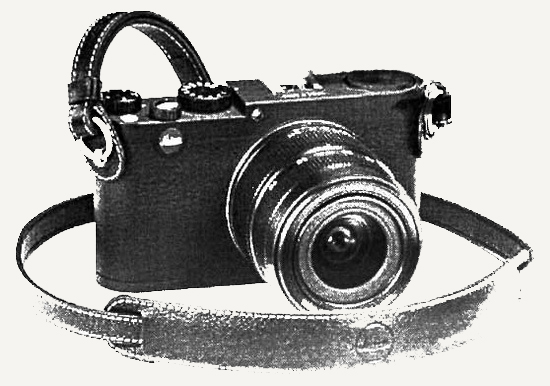

Beautiful! Your film made me realize how little I knew about what it takes to make a pair of boots…. Thank you for sharing:)
So glad to see you back to blogging…
I love your video and I loved reading this post! You capture the place and its story so well through your words and photos, it’s very inspiring. 🙂
You’re the best!